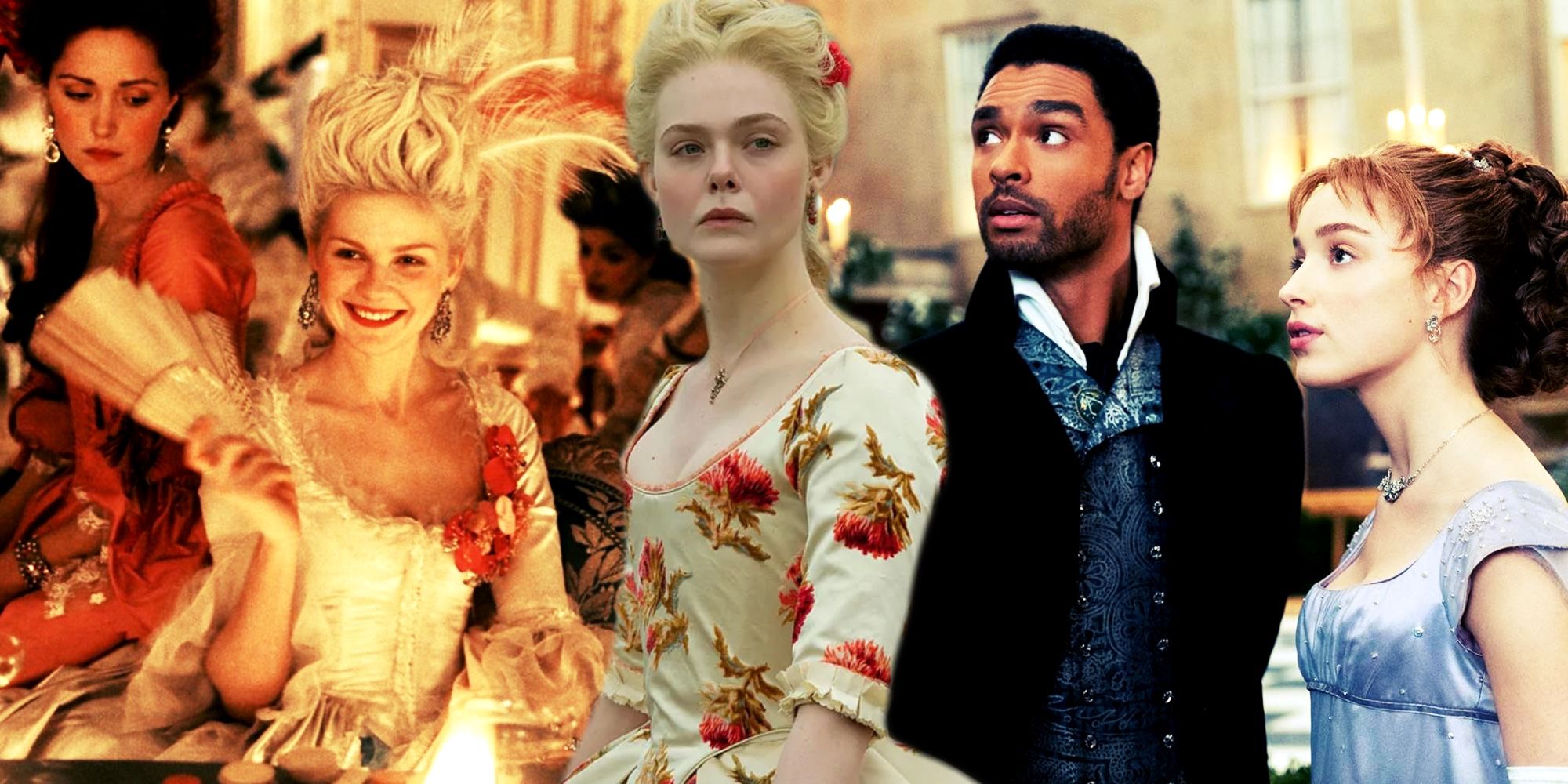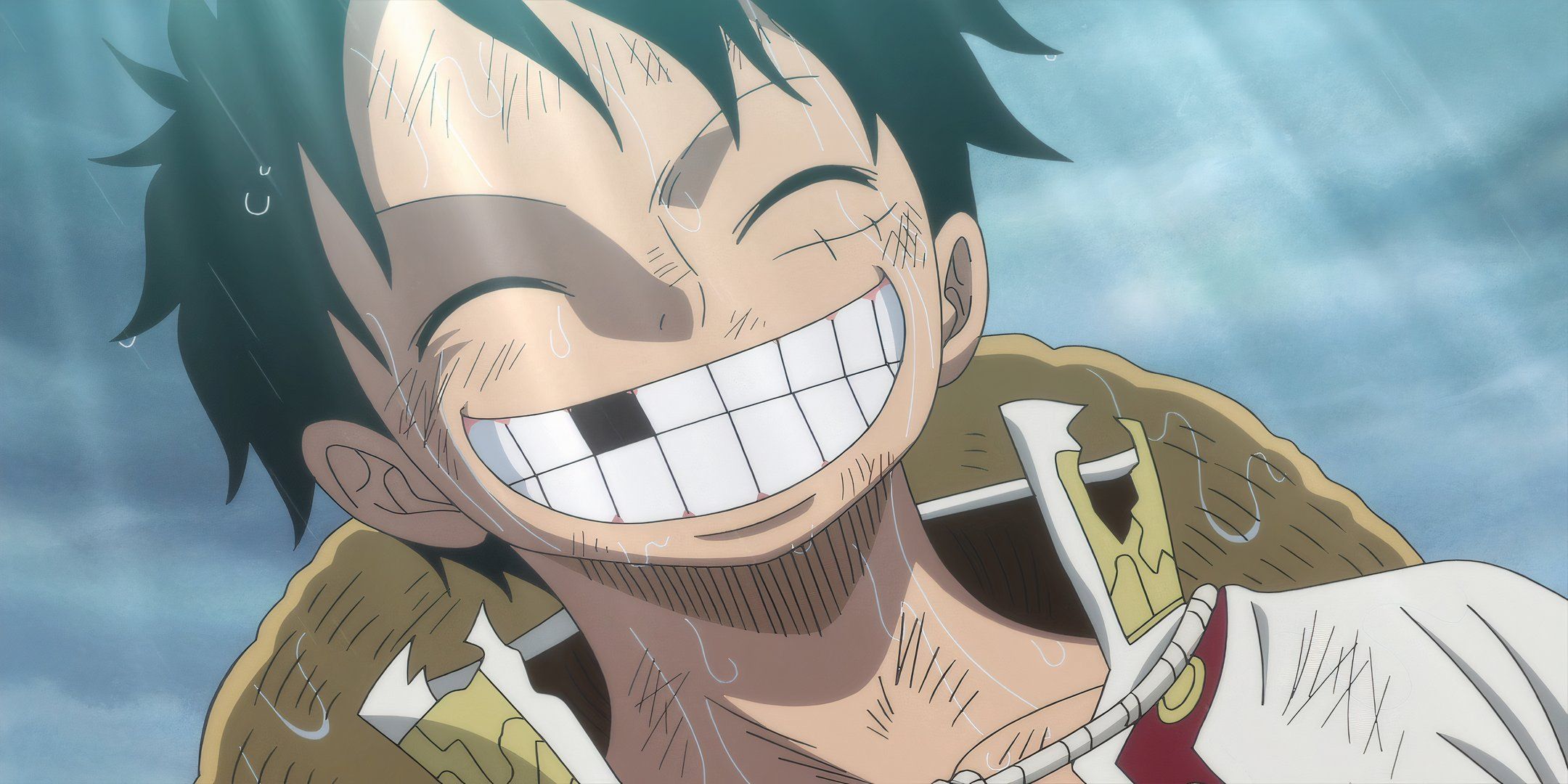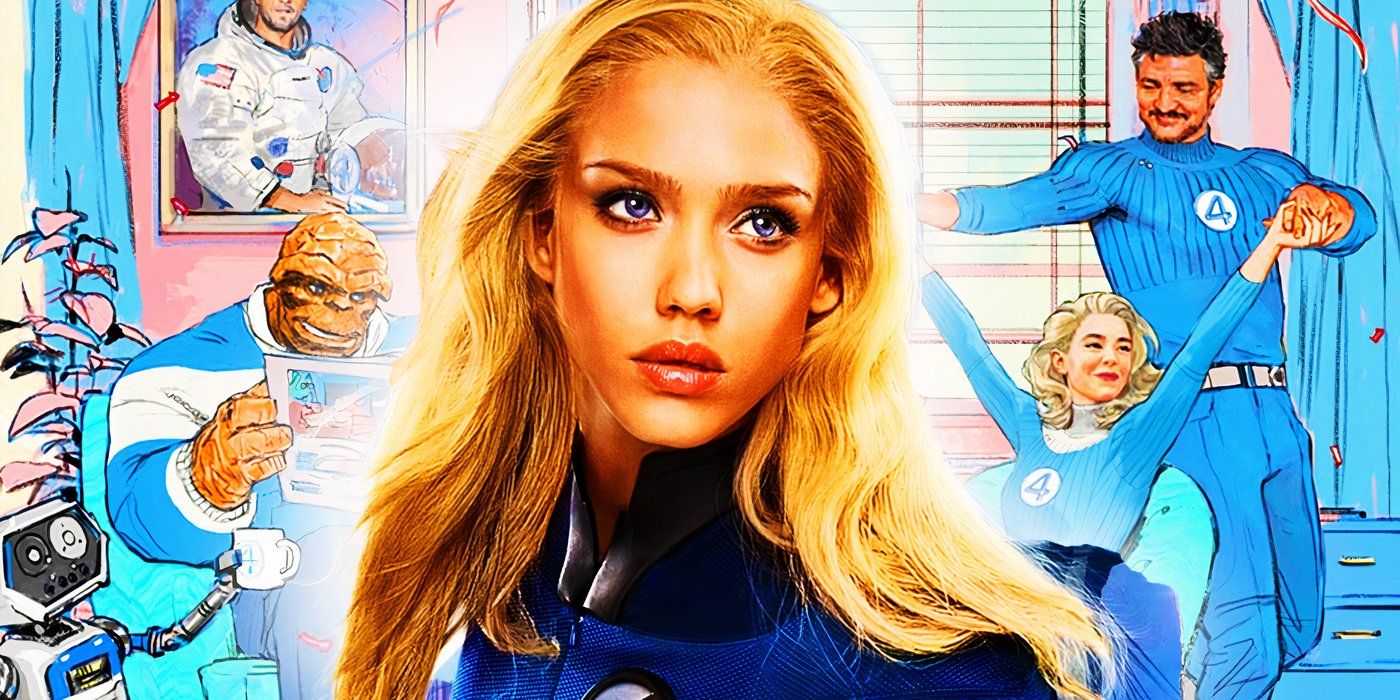<
Ever since its release, fans have lavished in trashing Dragon Ball GT for a variety of reasons, but the spin-off series is more innovative than one of Dragon Ball Z‘s most celebrated storylines, the overarching Cell saga that includes the Android saga.
While it’s by no means the greatest thing to ever happen in the Dragon Ball franchise, GT is criminally underrated and demands recognition for the many innovations it brought to Goku’s epic saga. What’s more, the series actually makes several improvements over Dragon Ball Z’s Cell Saga, which many fans consider to be the magnum opus of not just DBZ but Dragon Ball as a whole.
Innovating DBZ Rather Than Just Expanding It
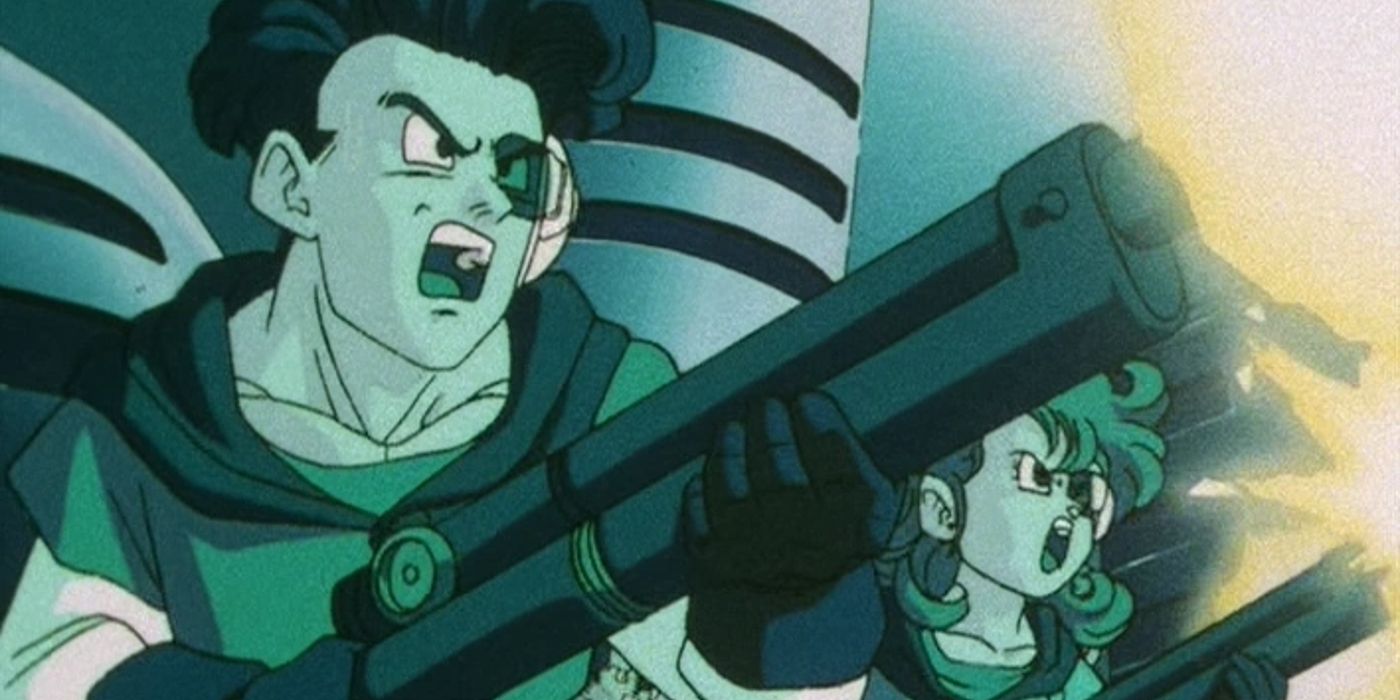
What the Cell and the Android Sagas did well was expand the new formula that DBZ had established that deviated from the original Dragon Ball. Notably, it brought the complexities and nuances of time travel while retelling an older Dragon Ball story (the Red Ribbon Army) alongside common tropes in the context of the battle-focused, high-powered DBZ style.
Meanwhile, GT explored a part of Dragon Ball history that had, at that time, only been shown in flashbacks. GT connected past events from the Saiyans’ brutal history beyond Frieza to an artificial parasite, Dragon Ball GT’s Baby that possessed the will of someone from a race that was once conquered by the Saiyans, the Tuffles. The Baby saga also found a way to revive Goku vs Vegeta’s rivalry, something that was notably diminished by the Cell Saga.
GT also brought back and repurposed aspects and themes from Dragon Ball, such as the focus on adventuring, for use in a universe that was now influenced by DBZ‘s introduction of aliens besides the Namekians. Goku was no longer traveling on Earth to find the Dragon Balls. Once Earth’s heroes became overly powerful in DBZ, the epic search for the Dragon Balls that lasted for a majority of the original series was circumvented and replaced with short clips (or manga panels) in its sequel series, which greatly expedited a task that used to take numerous episodes (or chapters). But by introducing the vastness of space and the limitations of Goku’s child form, GT allowed its creators to temporarily revive and innovate this once crucial but now abandoned trope. The fact that GT later returned to DBZ‘s format of one-on-one, overly grand and super-powered battles created a once-in-a-lifetime juxtaposition that has never been replicated since.
A Fresh Look at the Dragon Balls
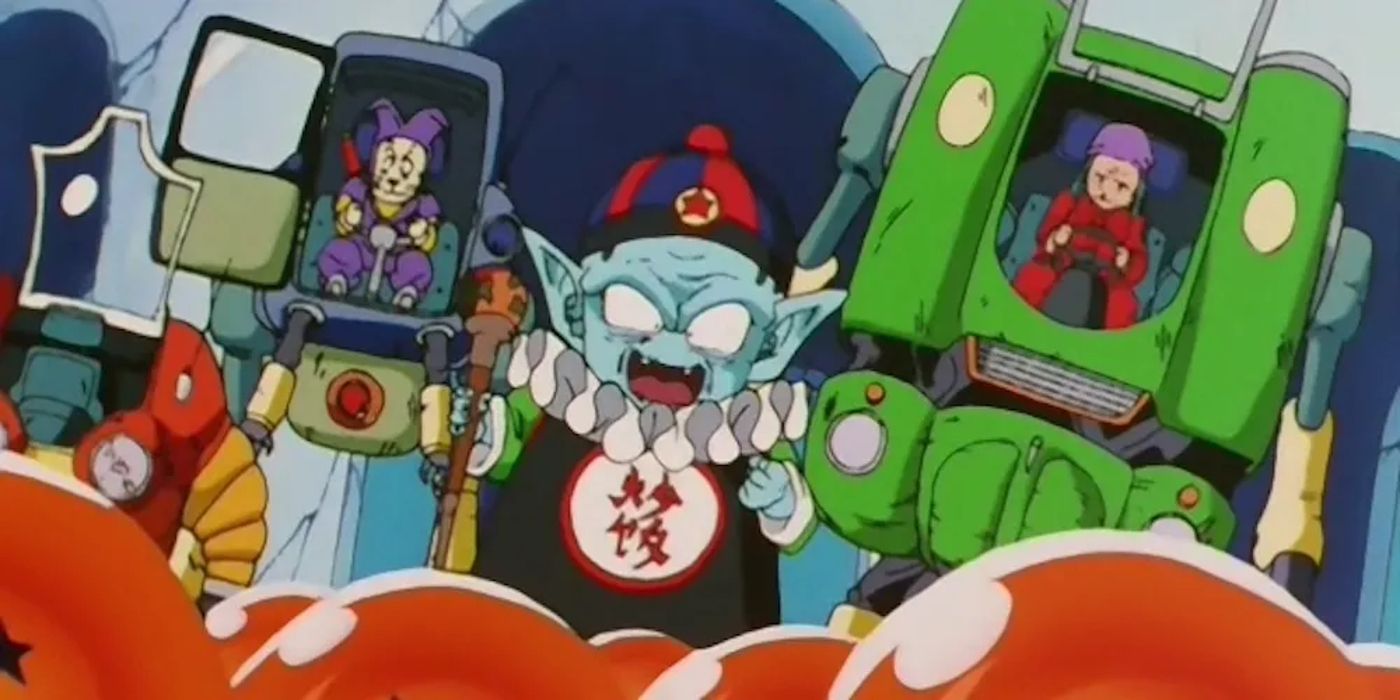
The use of these Dragon Balls in GT also innovated what DBZ‘s Cell saga introduced. What the Cell saga did differently was give Shenron limitations by only allowing him to either partially or completely refuse to grant a wish. For example, Shenron could revive everyone but Goku who had lost their lives during Dragon Ball Z’s Cell Games because Goku had already been wished back by the Dragon Balls. Meanwhile, Krillin had to change his wish from making the Androids into normal humans to having the bombs that had been implanted in them removed.
GT, in turn, brought two major changes to the eternal dragon mythos. One delved deeper into Dragon Ball lore than DBZ’s Cell saga ever did by exploring the nameless Dragon Balls that had been created by the Namekian who had split into King Piccolo and Kami. These new orbs may have removed the nuance of the Earth Dragon Balls’ limitations but in turn, replaced them with a major implication. This was also expanded upon in GT through the introduction of ramifications for those who misused the original Dragon Balls with the creation of the seven Shadow Dragons.
The Strength of GT’s Antagonists Makes More Sense
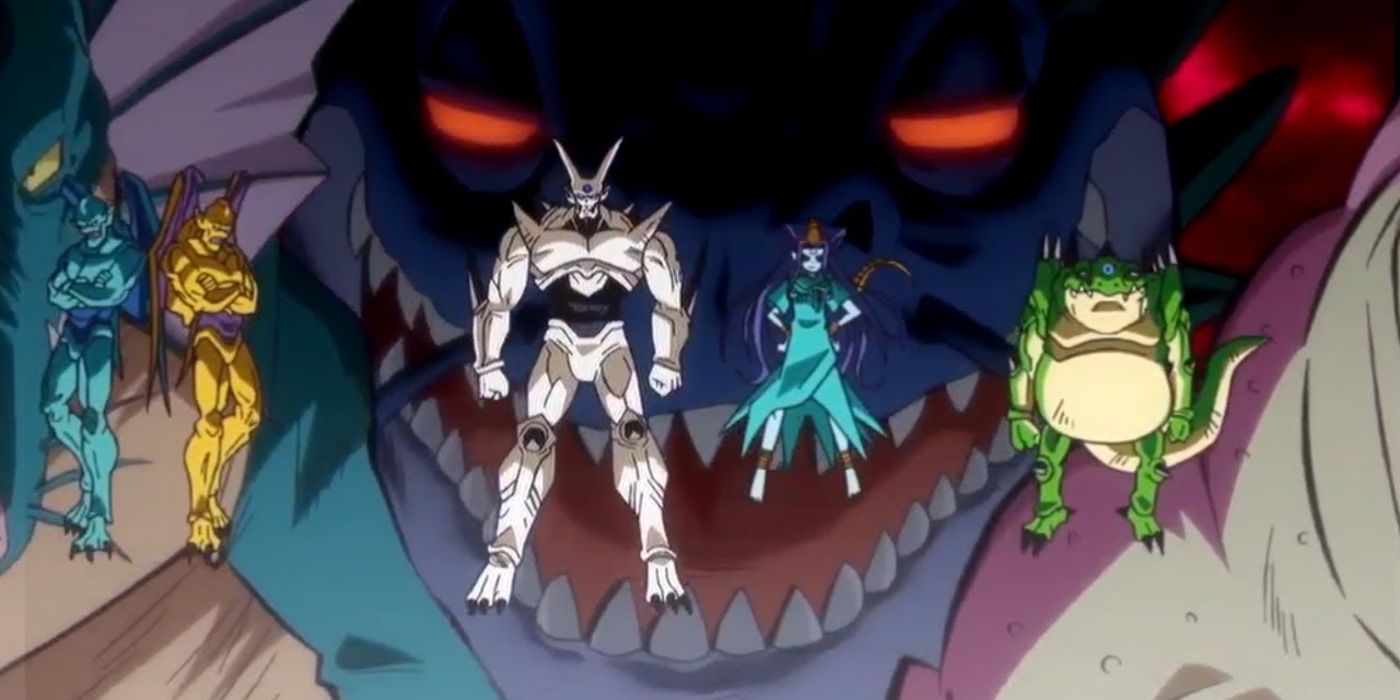
One of DBZ‘s greatest conundrums that came after Frieza was that as Earth’s heroes got stronger, their villains required more strength to be an actual threat. As a result, mangaka Akira Toriyama was forced to come up with new excuses as to why there could somehow be more powerful enemies out there than Frieza.
DBZ’s Androids 17 and 18, and through them, Cell’s power, are the least convincing of Toriyama’s explanations. Even though the concept of Androids 17 and 18 having inexhaustible energy makes sense, the fact that they still stand up against a Super Saiyan without getting destroyed feels forced. While it was intriguing they could train and become stronger, they had just been awakened not long before they could effectively take on Piccolo and Vegeta, for example. Dragon Ball Z’s Cell, on the other hand, was at least more plausible through his absorption capabilities. But since his transformations and overall power boosts were contingent on him absorbing two androids whose strength was questionable at best, it made Cell’s power less believable. Him absorbing a super-powered biological creature like the Z warriors would have been more believable..
GT‘s Shadow Dragons saga is undoubtedly the series’ ultimate response to this problem and the most believable besides Super‘s introduction of literal gods. Introducing a scenario where Earth’s heroes have to battle against evil versions of Shenron is convincing. However, GT‘s most creative approach to DBZ‘s conundrum is how the Nameless Dragon Balls turned Goku back into a kid. As a child, Goku wasn’t as strong as he used to be, so enemies that wouldn’t have been a threat before were now major adversaries.
Super Saiyan 4 Is The Best Form There Is
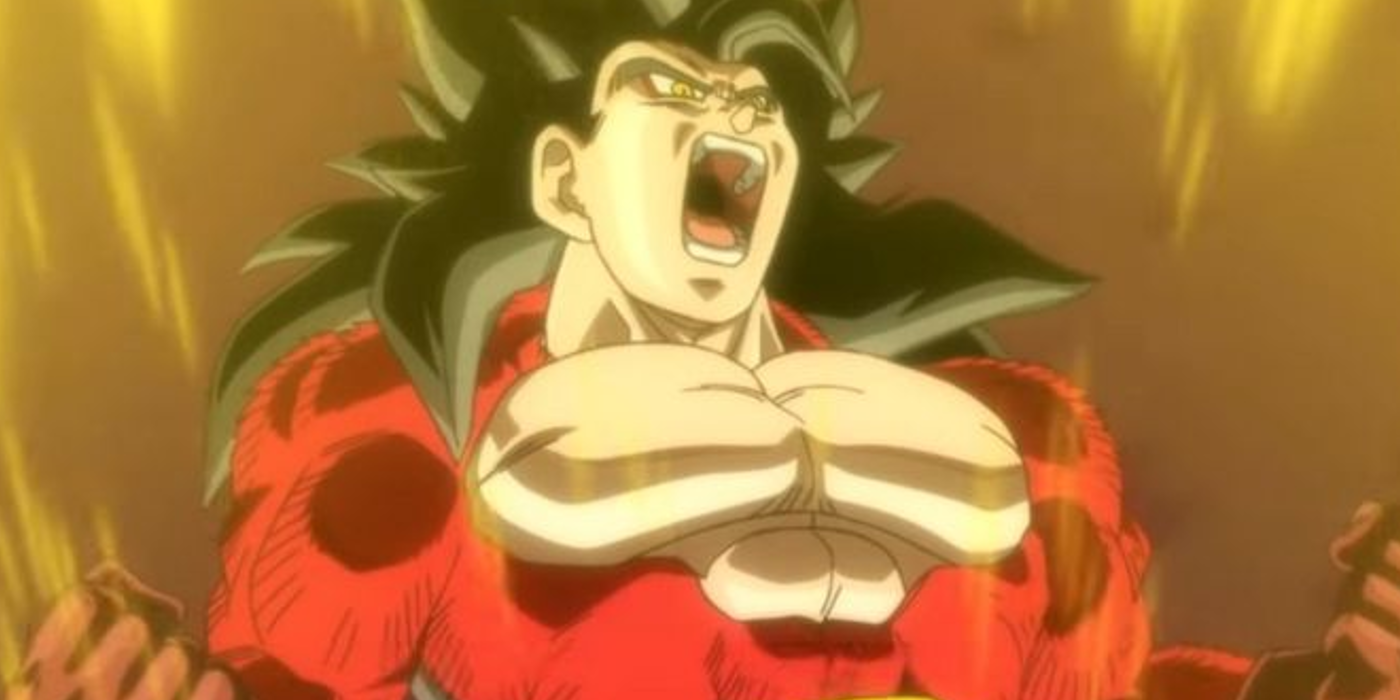
When GT’s enemies eventually got too strong like with Baby, the series then innovated Dragon Ball’s uninspired Super Saiyan forms. Before GT, DBZ just continued to play off what the typical original Super Saiyan looked like. Although the Buu saga pandered to this formula as well, the Android and Cell sagas initiated this unfortunate trend, first with the overpowered Ultra Super Saiyan form, which was basically just a beefed-up Super Saiyan, and Super Saiyan 2, which essentially made the golden hair spikier and added an extra strand of hair to fall over the eyes.
GT‘s famous Super Saiyan 4 refreshed this trend by replacing the different variants of golden hair with a black mullet and reddish fur, incorporating a variation of the Saiyan race’s original Great Ape form. In addition to having the capability of going Golden Great Ape, the condensing of this power led to Super Saiyan 4. So it not only looked completely different than past forms, but also incorporated a forgotten stage of Saiyan evolution instead of just having the Saiyan ascend to yet another level.
Of course, Dragon Ball GT isn’t perfect. The irony is that its greatest flaw lies in the Super Android 17 saga, which extended many of the problems from Dragon Ball Z‘s Android and Cell sagas. What this GT saga did well, however, was not just rely on the brilliance of just one man to create an ultimate android. The Red Ribbon Army’s Dr. Gero needed help from Baby’s creator. And just like how the original androids and Cell himself were a stretch, the fact that their evil replica of Android 17 and the original are able to open a portal to hell is not very believable. What helped Dragon Ball GT rise to greatness was not incorporating plot lines from the overarching Cell saga, and that says a lot.

